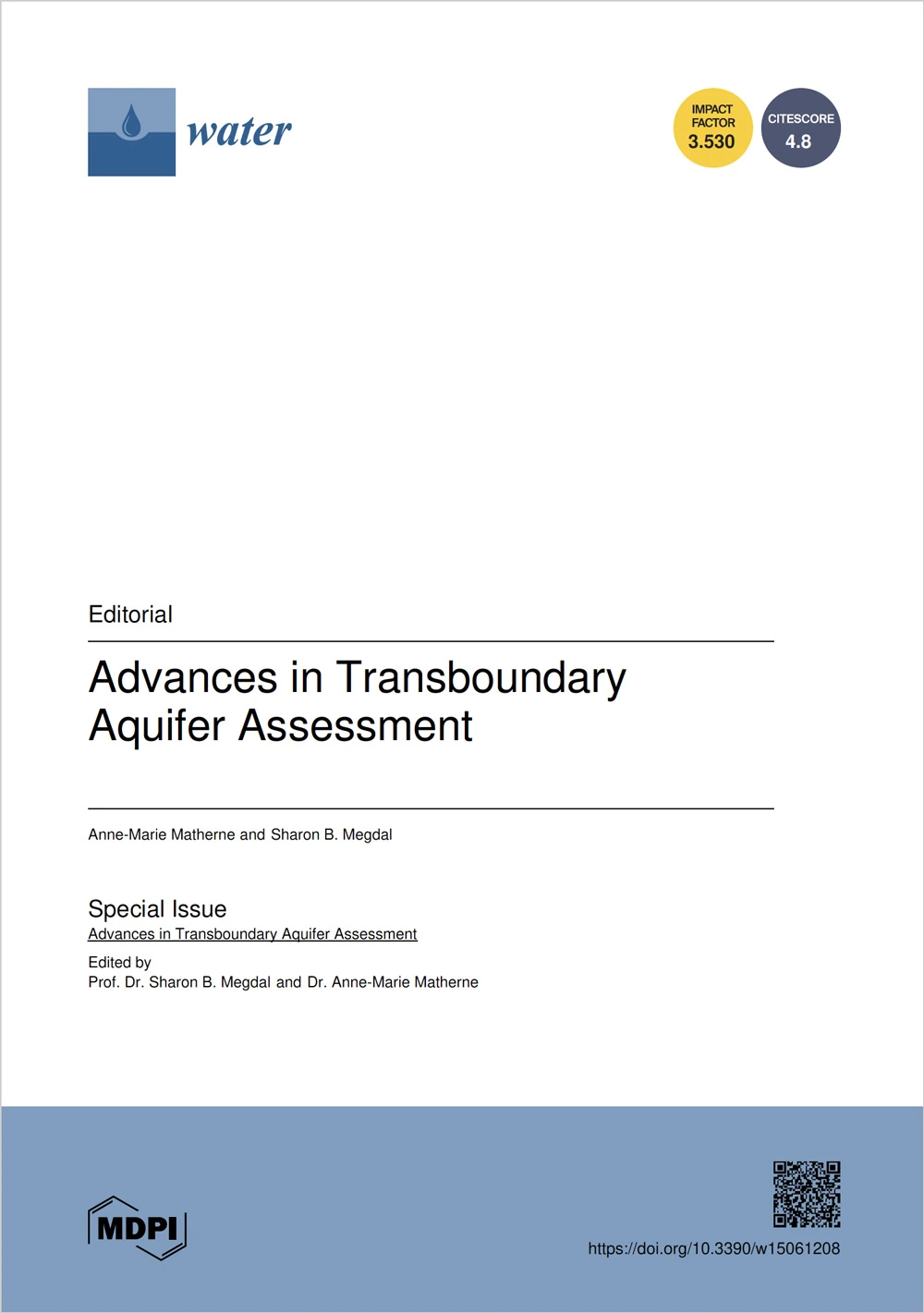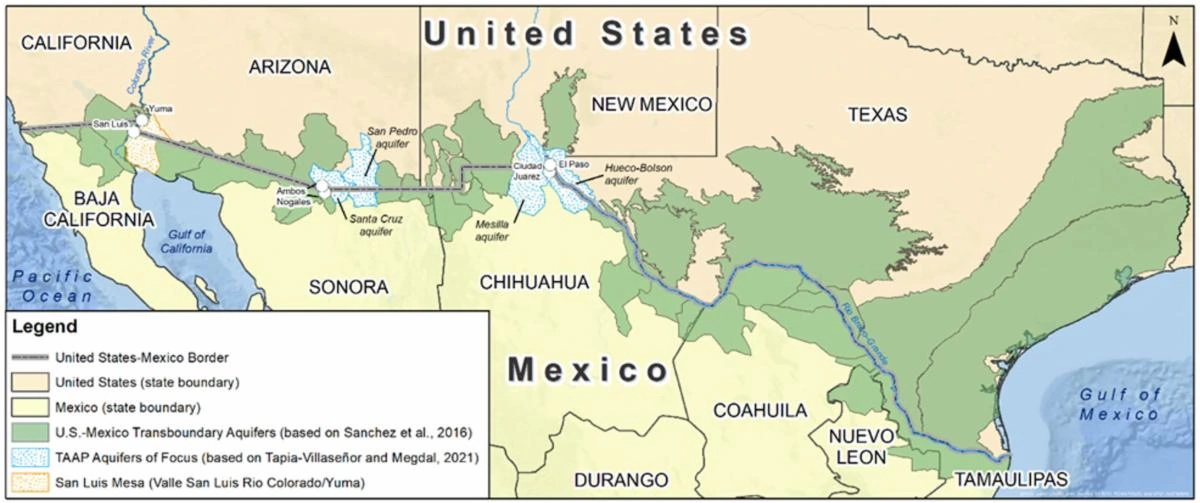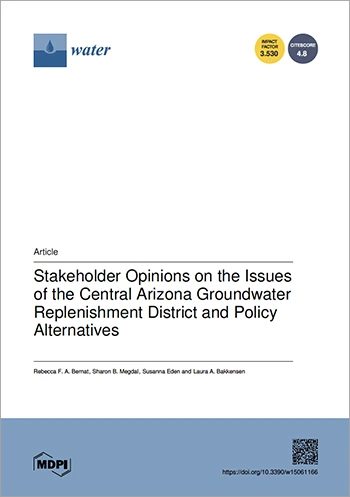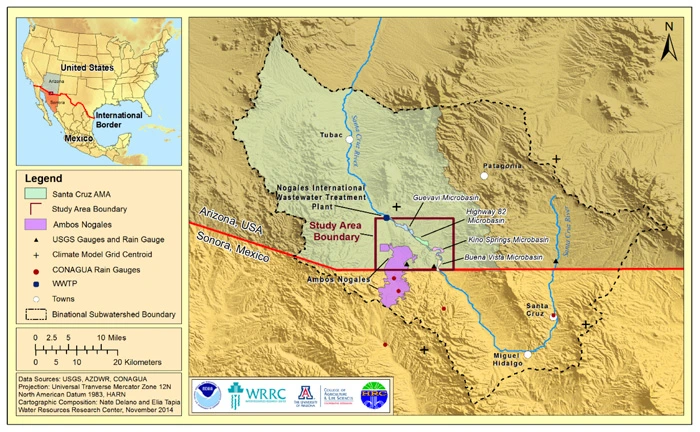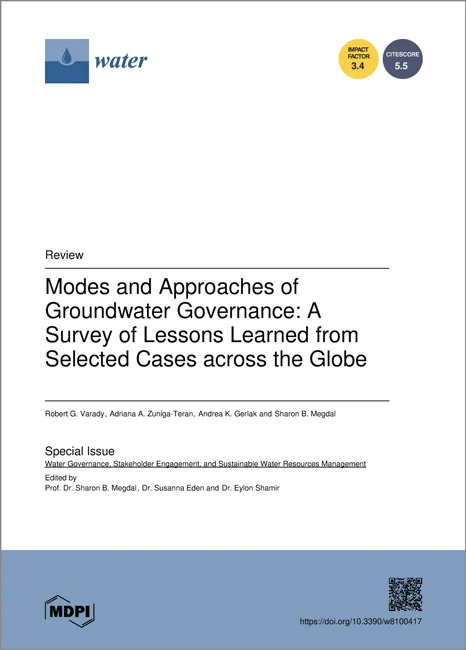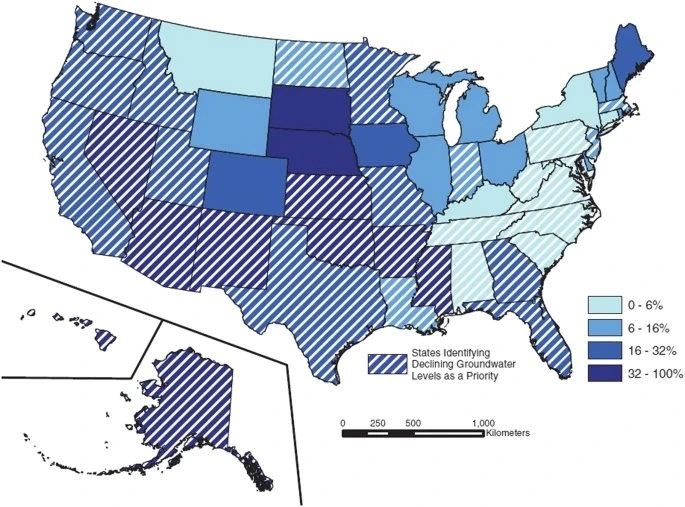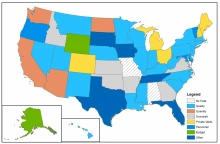Mapeo Hidrogeomorfológico Del Acuífero Transfronterizo San Pedro
Una Herramienta Para La Caracterización Del Agua Subterránea
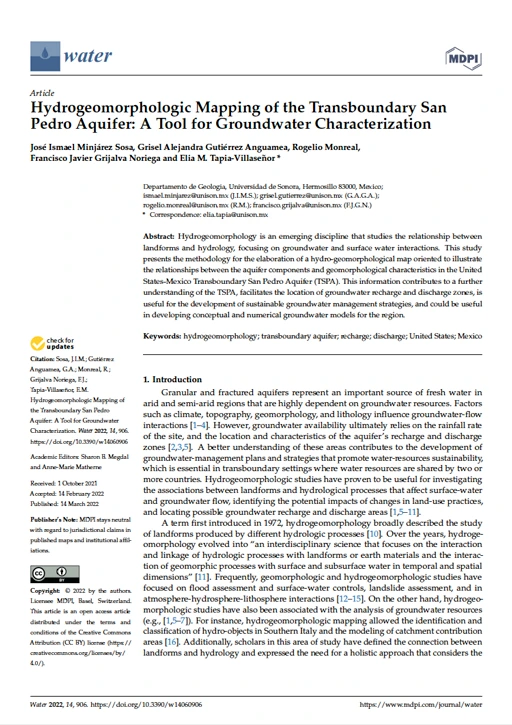
Resumen
La hidrogeomorfología es una disciplina emergente que estudia la relación entre las formas del relieve y la hidrología, centrándose en las interacciones entre el agua subterránea y el agua superficial. Este estudio presenta la metodología para la elaboración de un mapa hidrogeomorfológico orientado a ilustrar las relaciones entre los componentes del acuífero y las características geomorfológicas del Acuífero Transfronterizo San Pedro (TSPA por sus siglas en Inglés) en México-Estados Unidos. Esta información contribuye a un mayor entendimiento del TSPA, facilita la localización de zonas de recarga y descarga de agua subterránea, es útil para el desarrollo de estrategias de manejo sustentable del agua subterránea y podría ser útil en el desarrollo de modelos conceptuales y numéricos de agua subterránea para la región. Ver texto completo
Palabras clave: hidrogeomorfología; acuífero transfronterizo; recarga; descarga; Estados Unidos; México.


